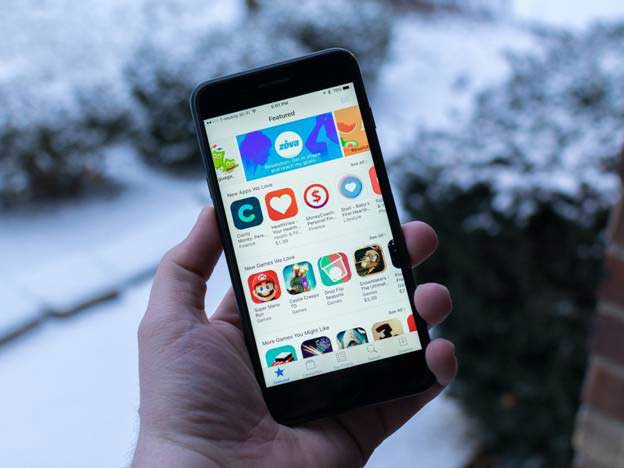There are many factors to consider when deciding whether to use a free or paid application. Some people feel that paid applications are better because they offer more features and are more reliable. Others believe that free applications are just as good as paid ones, if not better because you don’t have to spend any money on them. So, what’s the verdict? We will explore the pros and cons of using free vs. paid applications in this blog post.

Free Applications:
Pros:
- You don’t have to pay for them:
This is probably the biggest pro of free applications. You can use them without spending any money, which is great if you’re on a tight budget. Plus, you can try out a bunch of different applications without having to worry about wasting money on something you don’t like. It isn’t until you find an application you really like that you might consider spending money on it. For instance, piratebay is a one-stop shop for finding all the applications free of cost.
- There are usually more free applications than paid ones:
This means that you have a wider selection to choose from, and you’re more likely to find something that meets your needs. With so many options, it’s also easier to find a free alternative to a paid application if you’re not happy with the latter. Additionally, free applications are often developed by independent developers who are passionate about their products, which can lead to a better user experience.

- They’re updated frequently:
Free applications are often updated more frequently than paid ones. This is because the developers want to make sure that users have a good experience and that they’re getting the most out of the application. Paid applications, on the other hand, may not be updated as regularly because the developers are focused on making money rather than pleasing their users.
Cons:
- The app might not be as good as a paid one:
Because free applications are developed by independent developers, they may not have the same resources as paid applications. This can lead to a lower quality product. Moreover, free applications may not have as many features as paid ones. It’s important to do your research before downloading a free application to make sure it is actually worth your time.
- The app could be full of ads:
Free applications are sometimes supported by advertisements. This means that you’ll have to deal with annoying pop-ups and banners while you’re using the app. Paid applications, on the other hand, don’t usually have any advertising. It’s up to you whether or not this is a deal-breaker.
- You might not get all the features you want:
Paid applications often offer more features than free ones. If you’re looking for something specific, like a certain type of tool or an advanced feature, you’re more likely to find it in a paid application. On the other hand, free applications sometimes have all the features you need. It really depends on what you’re looking for.
Paid applications:

Pros:
- Paid applications typically have a higher quality:
When you pay for an application, you’re usually getting a higher-quality product. The developers have more incentive to create a well-designed and reliable app because they’re being compensated for their work. It’s also more likely that paid applications will receive updates and bug fixes since the developers are being paid to maintain them.
- Paid applications are usually ad-free:
As mentioned before, one of the downsides of free applications is that they’re often supported by advertisements. If you don’t want to deal with ads, then you’ll probably be better off paying for an ad-free app. This makes for a better user experience and can also save you data usage, as ads can use a lot of bandwidth.
- Paid applications may be less prone to malware:
Finally, one other benefit of paid applications is that they’re typically less likely to contain malware or other harmful software. This isn’t always true, but it’s worth considering if you’re worried about the safety of your device and your data. Moreover, paid applications often come with customer support, so if you do run into any problems, you can usually get help from the developers.
- Paid applications often have more features:
Developers of paid applications typically put more time and effort into creating features for their apps. This means that you’re likely to get more bang for your buck with a paid application. It also means that paid apps are more likely to be reliable and bug-free.
Cons:
- Paid applications can be expensive:
If you’re not careful, you can end up spending a lot of money on paid applications. Some cost upwards of $20, which can be a lot of money if you only use one or two apps regularly. These apps also tend to be more expensive than their free counterparts.
- Paid applications may not always be worth the price:
Just because an application is paid doesn’t mean it’s automatically good. Sometimes developers charge too much for their app, or the app itself just isn’t worth the price. Do your research before you buy an app, and make sure it’s something you’ll actually use and enjoy.
Conclusion:
In conclusion, there are pros and cons to both free and paid applications. If you’re looking for a lot of features or want an application that’s reliable and well-made, then a paid app may be the way to go. However, if you’re on a budget or just don’t need all those bells and whistles, then a free application may be best for you. It really depends on your needs and what you’re looking for in an app. So choose wisely!
 Technology News, Reviews and Buying Guides review, monitor review, tablet review, laptop review, mobile review, smartphone review, buying guide,
Technology News, Reviews and Buying Guides review, monitor review, tablet review, laptop review, mobile review, smartphone review, buying guide,


